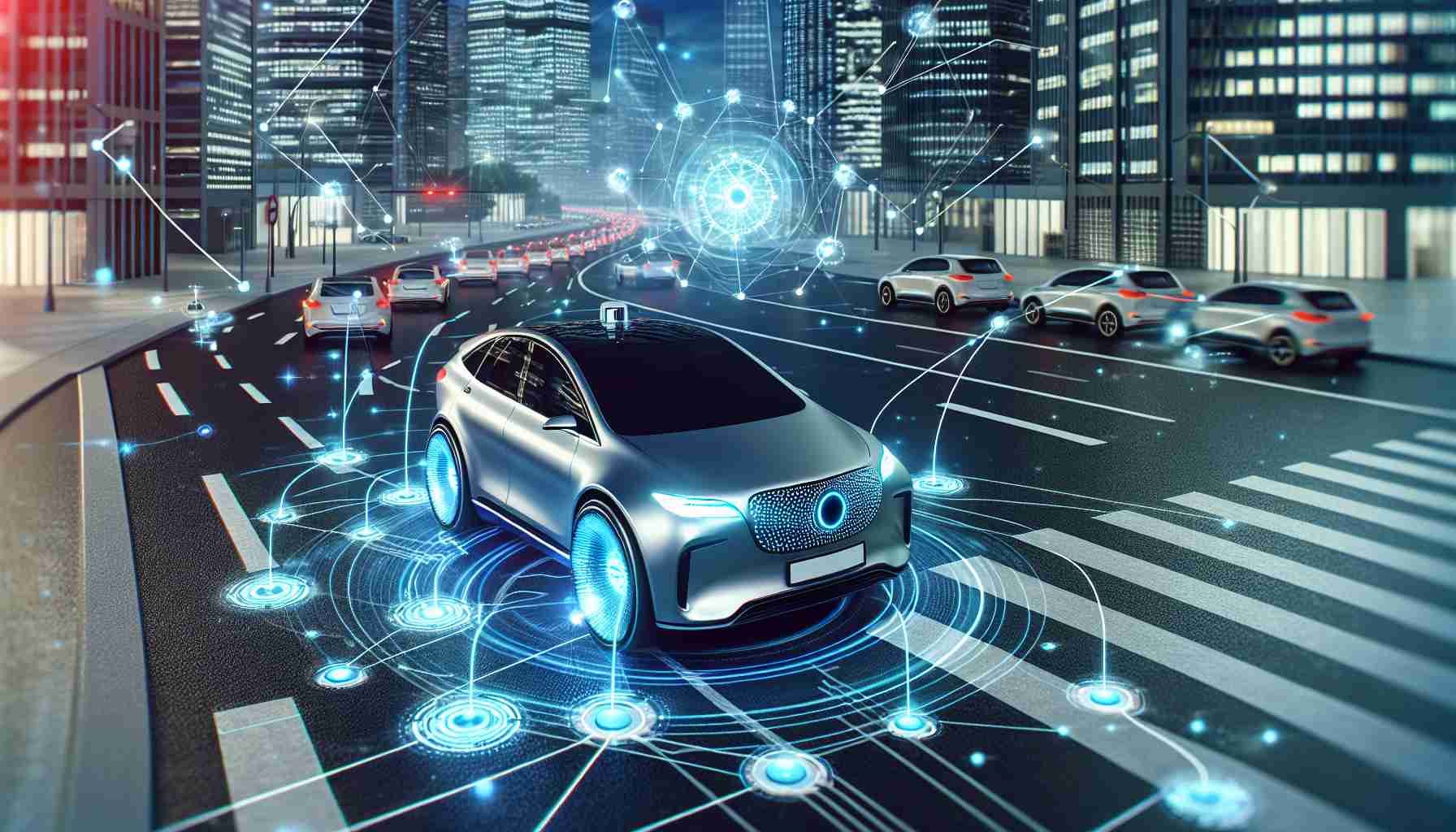Rise by Six: Your Daily Dose of Inspiration
Explore insights and stories that elevate your day.
Are We Ready for the Robot Car Takeover?
Are you prepared for the robot car revolution? Discover the future of driving and what it means for you!
The Future of Transportation: How Robot Cars Will Change Our Lives
The future of transportation is rapidly evolving, with robot cars poised to transform the way we navigate our lives. These autonomous vehicles are designed to enhance road safety and reduce traffic congestion, offering a more efficient means of getting from point A to point B. As the technology matures, the integration of robot cars into our daily routines could lead to significant changes in urban design, as cities adapt to accommodate self-driving vehicles. Experts predict that we may soon see dedicated lanes for autonomous transportation systems, reshaping infrastructure to prioritize the needs of these innovative machines.
Moreover, robot cars are expected to impact our lifestyles in various ways. With the elimination of the need for a human driver, individuals will have more time to engage in leisure activities during their commutes, such as reading, working, or enjoying entertainment. Additionally, the widespread adoption of these vehicles could lead to a decrease in car ownership, as shared autonomous car services become more prevalent. In fact, many industry leaders believe that the convenience and efficiency of robot cars will usher in a new era of transportation, where mobility becomes more accessible and less reliant on traditional car ownership.

Navigating the Road Ahead: Are We Technologically Prepared for Autonomous Vehicles?
The advent of autonomous vehicles promises to revolutionize our transportation system, but a crucial question remains: are we technologically prepared for this shift? As we explore this topic, we must consider several key factors. First, the development of advanced sensors and artificial intelligence is essential for the safe operation of these vehicles. Technologies such as LIDAR and computer vision systems are becoming increasingly sophisticated, enabling vehicles to detect and respond to their environment in real-time. However, there is still a long way to go in achieving full autonomy, particularly in complex urban settings where unpredictability is the norm.
Additionally, infrastructure plays a pivotal role in the successful integration of self-driving cars into our daily lives. Current roadways, traffic signals, and signage must evolve to communicate effectively with autonomous systems. To achieve this, a collaborative effort between policy makers, tech companies, and city planners is necessary. Investments in smart infrastructure, like connected traffic lights and dedicated lanes, could significantly enhance the operational capabilities of autonomous vehicles. As we navigate this road ahead, public acceptance and regulatory frameworks will also be vital in shaping the future landscape of transportation.
What Are the Key Challenges Facing the Widespread Adoption of Robot Cars?
As the dream of widespread adoption of robot cars looms closer, several key challenges hinder their integration into society. One major challenge lies in the infrastructure. Current roadways, traffic signals, and parking systems are largely designed for human drivers, which may not be conducive to the operation of autonomous vehicles. Upgrading these infrastructures to accommodate the specific needs of robot cars requires significant investment and coordination among various stakeholders, including governmental bodies and private companies.
Another significant obstacle is the regulatory landscape. The adoption of robot cars necessitates comprehensive policy frameworks that address issues such as liability in case of accidents, data privacy, and cybersecurity threats. As lawmakers grapple with these complex issues, a clear and consistent set of regulations is essential to ensure public safety and build consumer confidence in self-driving technology. Failure to navigate these regulatory challenges may delay the deployment of robot cars and impede their acceptance by the general public.